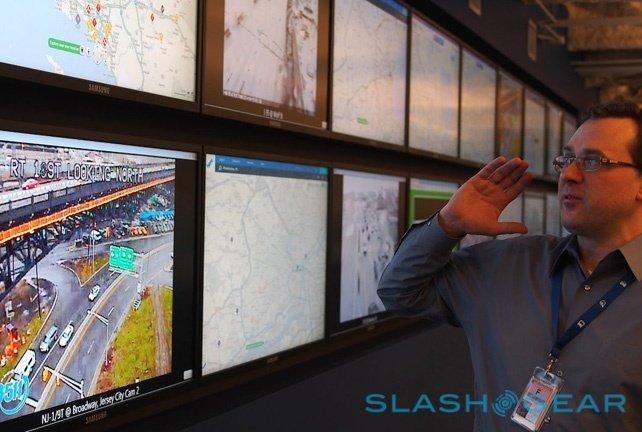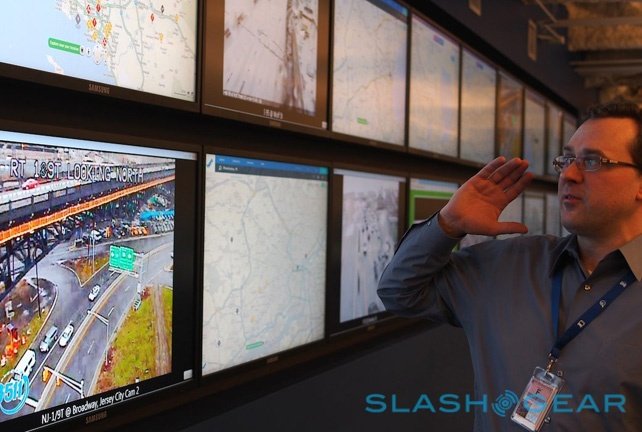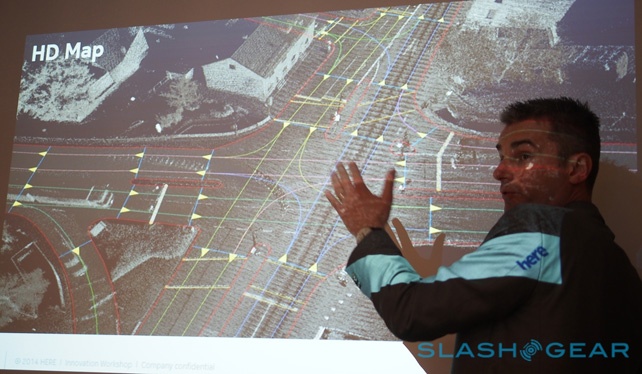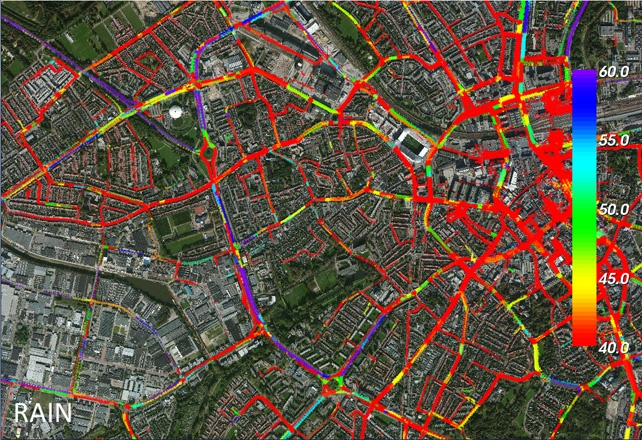The future of autonomous cars has a human element

Vehicles that have been unchanged for a century currently dominate the world of roads and transportation. Autonomous vehicles, however, are set to radically transform how we live and work, ushering in a new era of personal mobility with massive benefits for people and the environment.

“It's a given that cars will drive themselves someday – and some already can for the most part. It's also a given that, in addition to sophisticated cameras and sensors, one of the key pieces to the autonomous car puzzle is having highly accurate mapping software. We already have that, too, with digital mapping detailing our world like never before. And as precise and more granular mapping software is combined with real-time traffic and other situational data harvested from connected cars, it will allow self-driving vehicles to not only stay on track, but also provide critical information on what's ahead – which can make traffic flow and the entire in-car experience much better. And perhaps even personal.” Says Doug Newcomb on PCMag.
Before drivers will let go of the wheel, though, they must feel confident that their cars will keep them safe and become comfortable with the way that the system drives. Autonomous cars will not be one-size-fits-all. Cars will need to match the way that people drive themselves. Some people, for example, prefer taking side roads, while others prefer driving in the fast lane.
On SlashGear, Chris Davies notes: “Drive too well, too efficiently - too much like a computer, in effect - and it only serves to highlight the scale of the difference between the vehicle’s brain and our own. Rather than becoming a beyond-human proficiency we can trust, it instead runs the risk of leaving us jittery and uncomfortable.”
That’s where highly precise maps and sensor data combined with connectivity play roles in creating a more personal, human automated driving experience – one where the car becomes a co-driver that adapts to individual driving styles and preferences.
“The current state of mapping is relatively straightforward. In effect, once you strip away the graphics of things like lanes and road edges, they’re a collection of connected nodes. Each has multiple attributes piled on top, such as the maximum speed permitted, the lane size, number of lanes, whether there is a divider in-between, and other details. That’s sufficient for the basics, but HERE has been looking ahead and quickly realized that it wasn’t going to be enough for the next-generation of uses, such as hyper-specific location-based services and self-driving cars.” Chris continues.

HERE then gathers, analyses and processes vast amounts real-time information such as changing traffic conditions and driver behaviour to create a more human autonomous driving experience. Taking into account detailed road geometry, plus information like weather and road conditions and sensor data, our cars can predict how to drive based on how a person normally drives. So, for example, the car will know at what speed to take a curve based on an individual’s comfort level; how other drivers are doing it that day and what drivers have historically done based on the current weather.

By analyzing how drivers behave with probe and sensor data and a map, HERE learns how people prefer to drive and ultimately – how they want to be driven.
On Gigaom, Kevin Fitchard observes that “Ultimately human driver behavior will have to change. We tend to think of driverless vehicles as a convenience – putting your car on autopilot so you can check your email without careening into a school bus – but there’s a much bigger picture. Autonomous and connected cars will be much more efficient cars. Vehicles with similar destinations will “platoon” on the highway, minimizing lane changes and easing congestion. Vehicles connecting to our transportation infrastructures will be able to route around accidents and make more efficient use of all the streets, roads and highways available.”
What do you think will help the adoption of autonomous cars? Let us know in the comment section below.
image credit: Chris Davies on SlashGear
Sign up for our newsletter
Why sign up:
- Latest offers and discounts
- Tailored content delivered weekly
- Exclusive events
- One click to unsubscribe